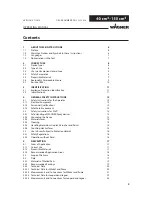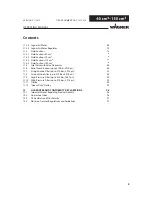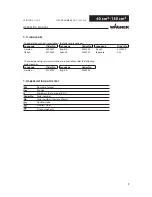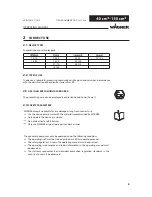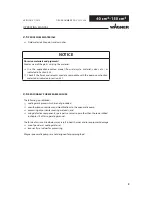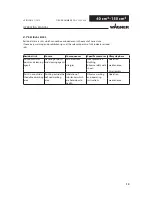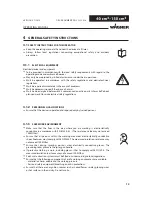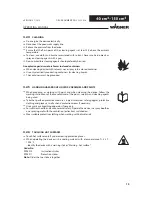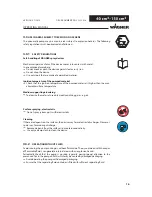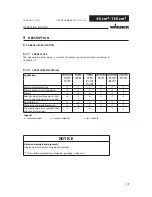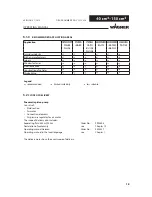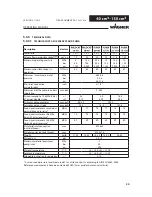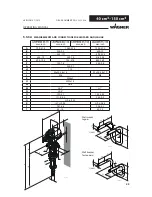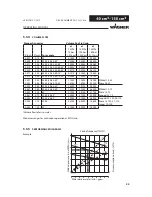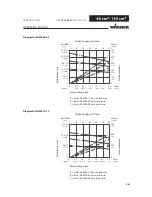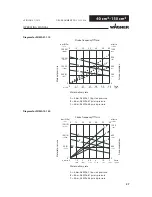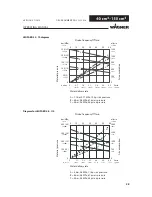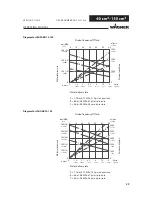
14
OPERATING MANUAL
VERSION 01/2013
ORDER NUMBER DOC 2333538
Ensure that the hose material is chemically resistant to the sprayed materials.
Ensure that the material hose is suitable for the pressure generated in the device.
Ensure that the following information can be seen on the high pressure hose:
-
Manufacturer
- Permissible operating overpressure
- Date of manufacture
Make sure that the hoses are laid only in suitable places. In no case, should hoses be laid
in the following places:
– in high traffic areas,
– on sharp edges,
– on moving parts or
– on hot surfaces.
Make sure that the hoses are never used to pull or move the equipment.
The electrical resistance of the complete high pressure hose must be less than 1 MOhm.
Several liquids have a high expansion coeffi
cient. In some cases its volume can rise with
consequent damage to pipes, fi ttings, etc. and cause fl uid leakage.
When the pump sucks liquid from a closed container, ensure that air or suitable gas can
enter the container to avoid a vacuum being generated in the container itself. Thus a
negative pressure is avoided. The vacuum could implode the container (squeeze) and can
cause it to break. The container would leak and the liquid would fl ow out.
The pressure created by the pump is a multiplication of the inlet air pressure.
4.2.3
MATERIAL HOSES
4.2.2
GROUNDING THE DEVICE
Depending on the electrostatic charge and the fl ow speed of the spray, an electrostatic
charge may occur in the equipment. In the event of discharge, this may result in the
formation of sparks or fl ames.
Ensure that the device is grounded for every spraying operation.
Ground the work pieces to be coated.
Ensure that all persons inside the working area are grounded, e.g. that they are wearing
electrostatically conductive shoes.
Wear electrostatically conductive gloves when spraying. The grounding takes place via
the handle of the spray gun.



